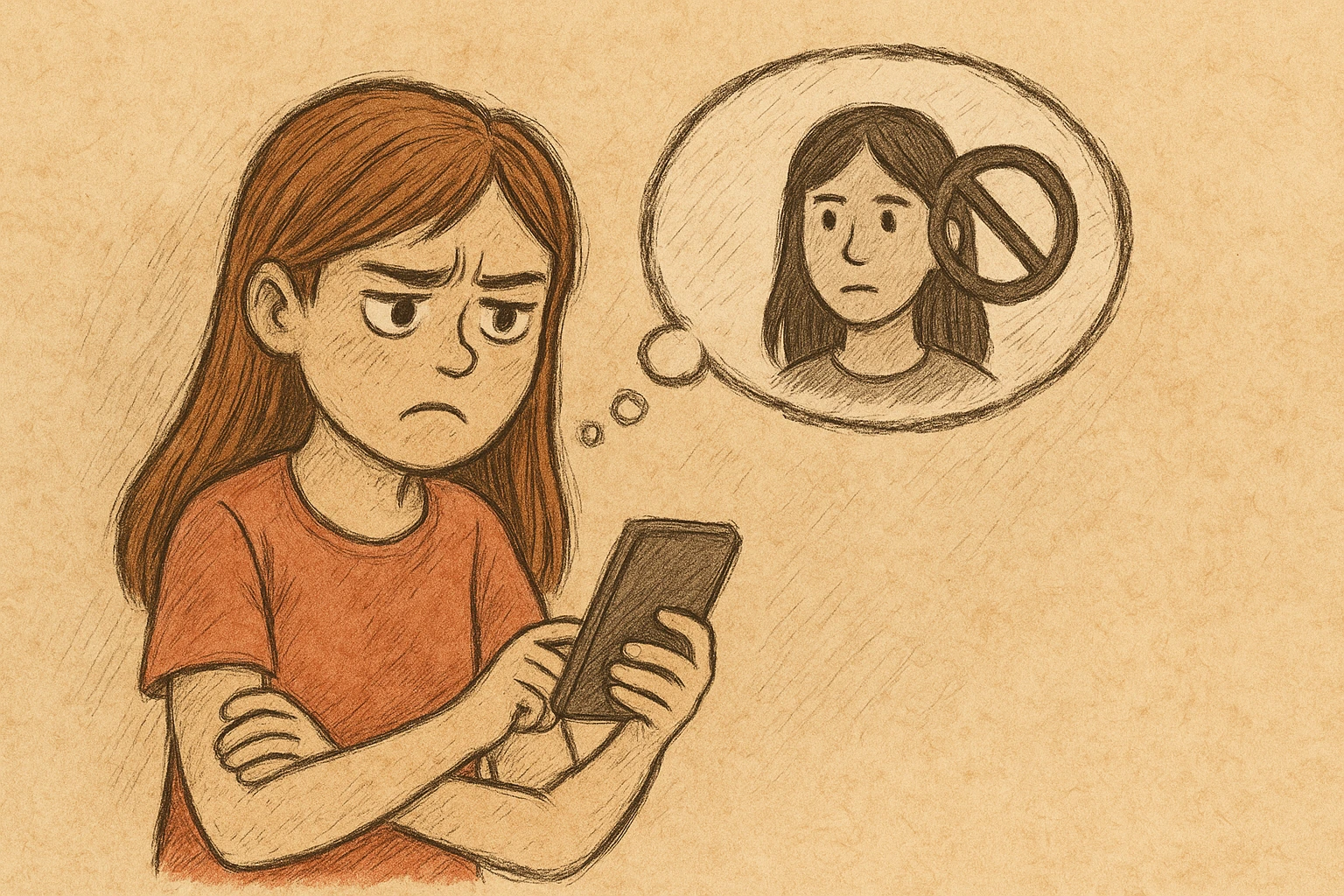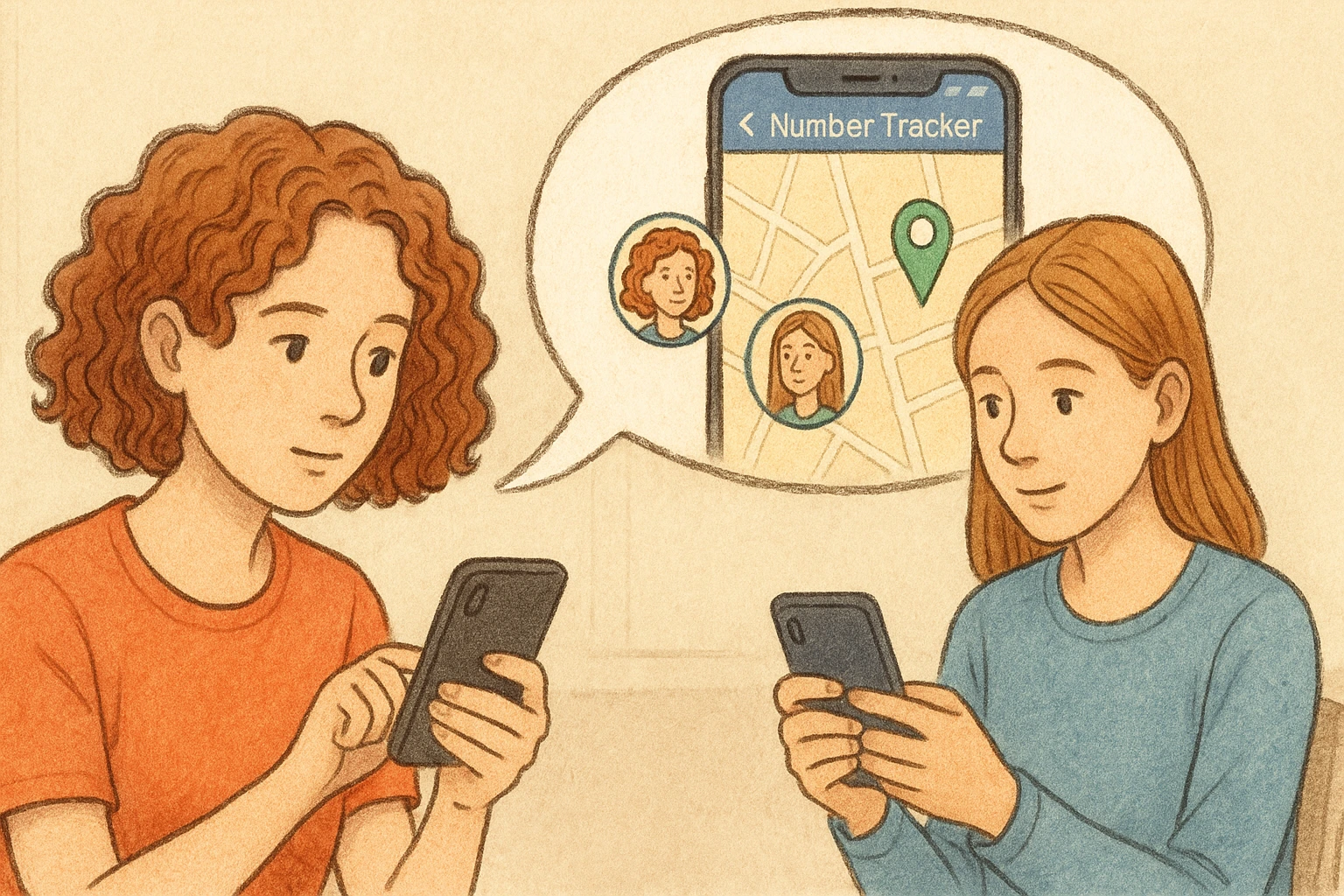There’s something uniquely unsettling about silence—especially when it comes from someone you’re used to hearing from. Maybe a friend hasn’t returned your calls, or a family member hasn’t replied to your messages. You begin to wonder: Did they block me? But instead of reaching out and risking an awkward confrontation or sounding paranoid, you want to know how to tell if someone blocked your number without texting them.
You’re not alone. Many people want to determine if they’ve been blocked without texting and making the situation even more complicated. Whether it’s out of self-respect, curiosity, or emotional safety, knowing how to interpret the signs can help you make peace—or move forward. And no, you don’t need spy tools or shady apps to figure it out.

How Blocking Actually Works on Phones
Modern smartphones and messaging platforms give users control over who can reach them. Blocking a number essentially creates a one-way wall—your texts and calls hit it, but the other person never hears the knock.
Here’s a simple breakdown of what happens technically when someone blocks you:
| Action You Take | What Happens If You’re Blocked |
| You send a text | It shows as “sent” (SMS) or remains undelivered (iMessage, WhatsApp) |
| You make a call | Goes straight to voicemail or cuts after one ring |
| You try to FaceTime | The call doesn’t connect or fails to initiate |
| You check their online status | It’s gone, hidden, or never updates |
Importantly, blocking doesn’t notify either party. There’s no pop-up, no warning, no log. It’s designed that way to respect user privacy. This means you’ll never get a 100% confirmed message saying “you’ve been blocked”—but you can connect the dots by looking at a combination of subtle signs.
A Word of Caution Before You Jump to Conclusions
Not every missed call or silence means you’ve been blocked.
There are legitimate alternative reasons why someone may not be reachable:
- Their phone is off or battery-dead
- They’re on “Do Not Disturb” or Airplane Mode
- They’ve changed devices or numbers
- They’re avoiding contact for personal reasons not involving a block
- They’re traveling or dealing with poor signal/network issues
That’s why it’s essential to consider context, timing, and patterns before making any assumptions.
Here are 5 signs of being blocked and some possibilities for you to check-up!
1. Calls That Dive‑Bomb Straight to Voicemail
When you dial and the line rings once (or not at all) before routing to voicemail, pay attention. Under normal circumstances you’d expect four to six rings. A single‑ring drop‑off, repeated over a day or two, usually narrows the possibilities to three scenarios:
- You’re on the block list
- The recipient has “Do Not Disturb” enabled 24/7
- Their phone is switched off or out of coverage for extended hours
Quick check: Call at two different times of day. Consistency increases the odds you’re blocked.
2. Borrow—or Mask—Another Number for a Test Call
Use a friend’s phone, your work line, or dial *67 (US) to hide Caller ID. If the same number that just hit voicemail now rings normally—or better yet, is answered—you have a strong indicator your primary line is blocked. Keep the call brief and polite; the goal is confirmation, not confrontation.
3. Vanishing Delivery & Read Receipts on Messaging Apps
On platforms such as iMessage and WhatsApp, you’ll normally see:
- iMessage: blue bubble ➔ Delivered ➔ Read
- WhatsApp: one gray ✓ ➔ two gray ✓✓ ➔ two blue ✓✓
When blocked, the chain breaks—no “delivered” status ever appears, profile pictures freeze, and “last seen” is suddenly blank. Network hiccups can mimic this, but when combined with other clues, the picture sharpens.
4. You Can’t Add Them to a Group Chat
WhatsApp and Telegram silently block any attempt to add someone who has barred you. If every invitation fails without explanation, yet other contacts join effortlessly, blocking is the likely culprit. Tip: test with two separate group names to rule out random glitches.
5. Radio‑Silence on Status Updates & Stories
If you used to catch their daily Stories, but now see zero updates for days—or their status panel vanishes altogether—their privacy curtain may have dropped on you. While users can manually hide Stories from select contacts, pairing this sign with the four above tells a clearer tale.
Snapshot: How Strong Is Each Signal?
| # | Indicator | Reliability (1–5) | Benign Explanation |
| 1 | 1‑ring ➔ voicemail | ★★★☆☆ | Do Not Disturb, dead battery |
| 2 | Alternate number rings normally | ★★★★☆ | None—very few |
| 3 | No delivery/read receipts | ★★☆☆☆ | Data outage, privacy tweaks |
| 4 | Can’t add to group chat | ★★★★☆ | App bug (rare) |
| 5 | Missing Stories/status | ★★☆☆☆ | User hid Stories from everyone |
Combine at least three high‑reliability signs before drawing conclusions.
What to Avoid While Investigating
- Rapid‑fire calls or texts: Repeated pings can feel harassing and damage relationships.
- “Block‑checker” apps: They overpromise, under‑deliver, and often invade privacy.
- Publicly confronting the person: If they did block you, they likely want space. Respect it.
Respectful Next Steps: What To Do After You Suspect a Block
If three or more of the earlier signs line up, it’s fair to suspect you’ve been blocked. But what’s the right move now?
Instead of spiraling into second-guessing, take a step back and ask yourself:
- Was there recent conflict or miscommunication?
- Is this someone who has a pattern of going quiet?
- Do you truly need to reconnect—or is it time to let go?
In many cases, no action is the best action. Respecting the boundaries of others—spoken or not—is part of maintaining digital etiquette and emotional health. If you’re still unsure but don’t want to cross a line, use the time to refocus on your own well-being and safety.
What You Should Never Do
The digital space may feel anonymous, but your actions still matter. Avoid these common mistakes:
- Don’t call or message from multiple numbers.
It looks desperate and invasive. - Don’t use untrustworthy third-party tools or “block check” services.
Most violate platform rules and can steal your data. - Don’t take it personally.
Blocking can be temporary, accidental, or a choice made for reasons that have little to do with you.

Enter: Number Tracker — Smart, Ethical, and Safe Connection Tool
While some apps try to sell “answers” to whether you’ve been blocked, Number Tracker helps you shift focus toward building healthy, secure, and voluntary connections with people you trust.
Here’s how it works and why it matters:
Key Features of Number Tracker
| Feature | What It Does | Why It’s Useful |
| Circles Creation | Lets you create private groups for family or friends. Only invited and approved users are included. | Maintains privacy and mutual consent in communication. |
| Find Devices | Track signal strength and location of saved devices. | Helps recover phones or check on loved ones’ items. |
| Fast Check-In | Share your live location with a tap inside your trusted circle. | Perfect for quick updates—without needing to call or text. |
| Places Creation | Save frequently visited or important spots. | Ideal for caregivers, parents, or shared routines. |
| Fast Request by Number | Locate a trusted person by entering their number (with mutual opt-in). | Ensures consent-based location visibility. |
| Friend’s Location | See where your kids, parents, or close friends are—if they’ve agreed. | Adds peace of mind during emergencies or daily routines. |
| AI Virtual Helper | Offers real-time support and location suggestions. | Simplifies your experience without overwhelming you. |
| Movement History | View recent routes and check patterns. | Great for identifying routines, delays, or concerns. |
How Number Tracker Changes the Conversation
Instead of obsessing over why someone might be unreachable, Number Tracker empowers you to build clarity where it’s welcome. You can:
- Know your child arrived safely at school
- Check in on elderly relatives without interrupting them
- Create a circle for shared parenting or co-working
- Share your own location with confidence
In short, it re-centers your attention on what you can control—your own connections, safety, and digital space.
Final Thoughts: When Silence Speaks, Listen Carefully
Knowing whether someone blocked you isn’t about revenge or validation—it’s about clarity. This guide showed you how to detect signs quietly, assess the situation with logic, and avoid invasive tactics.
Remember:
- One clue means nothing. Three or more might mean everything.
- Respect is non-negotiable. If they’ve blocked you, let it be.
- Your safety and peace matter too. That’s where tools like Number Tracker come in.
By choosing thoughtful action over impulsive reaction, you stay empowered—even when someone else chooses silence.
Because sometimes the healthiest connection you can make… is the one you build with yourself.
